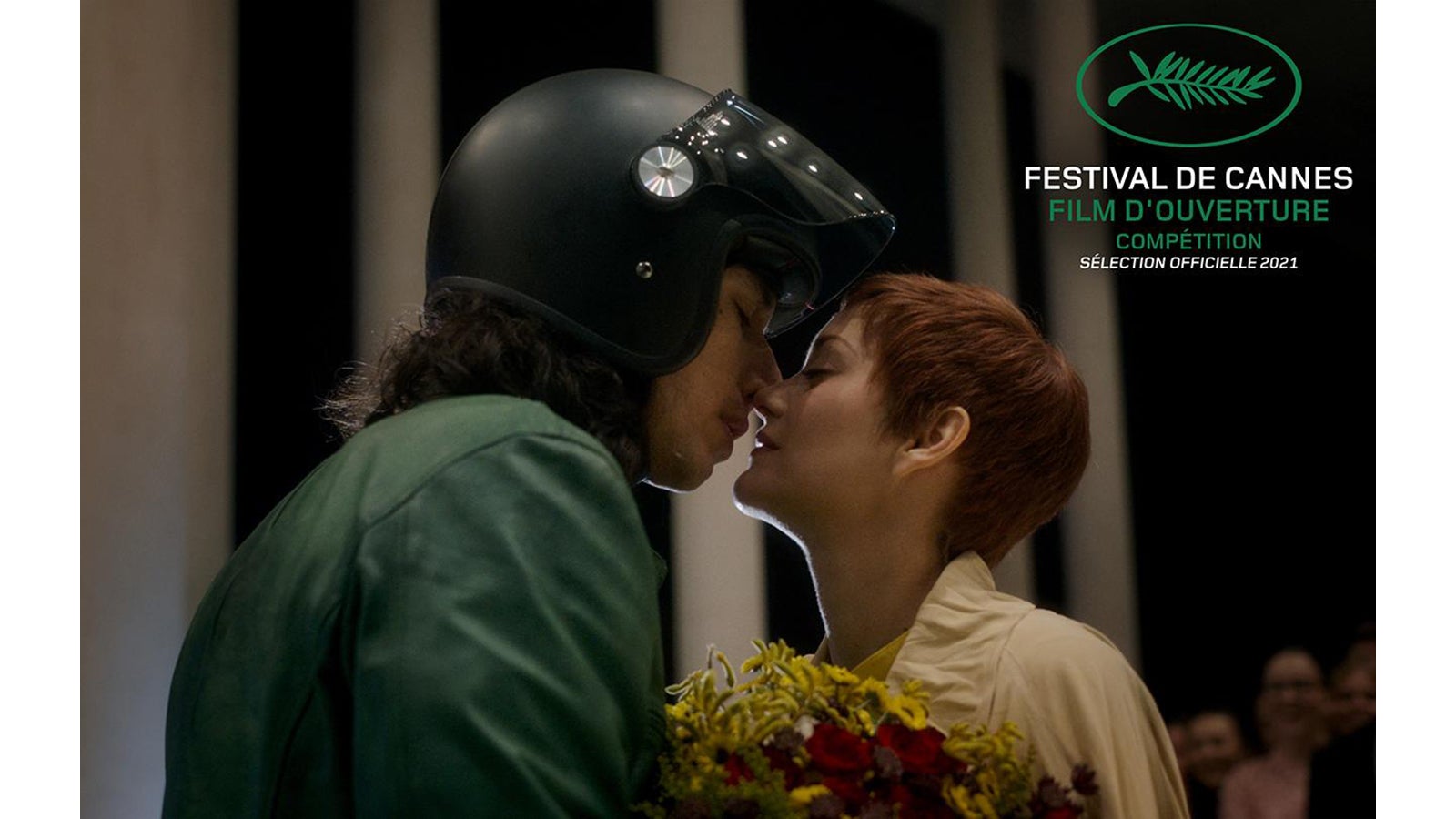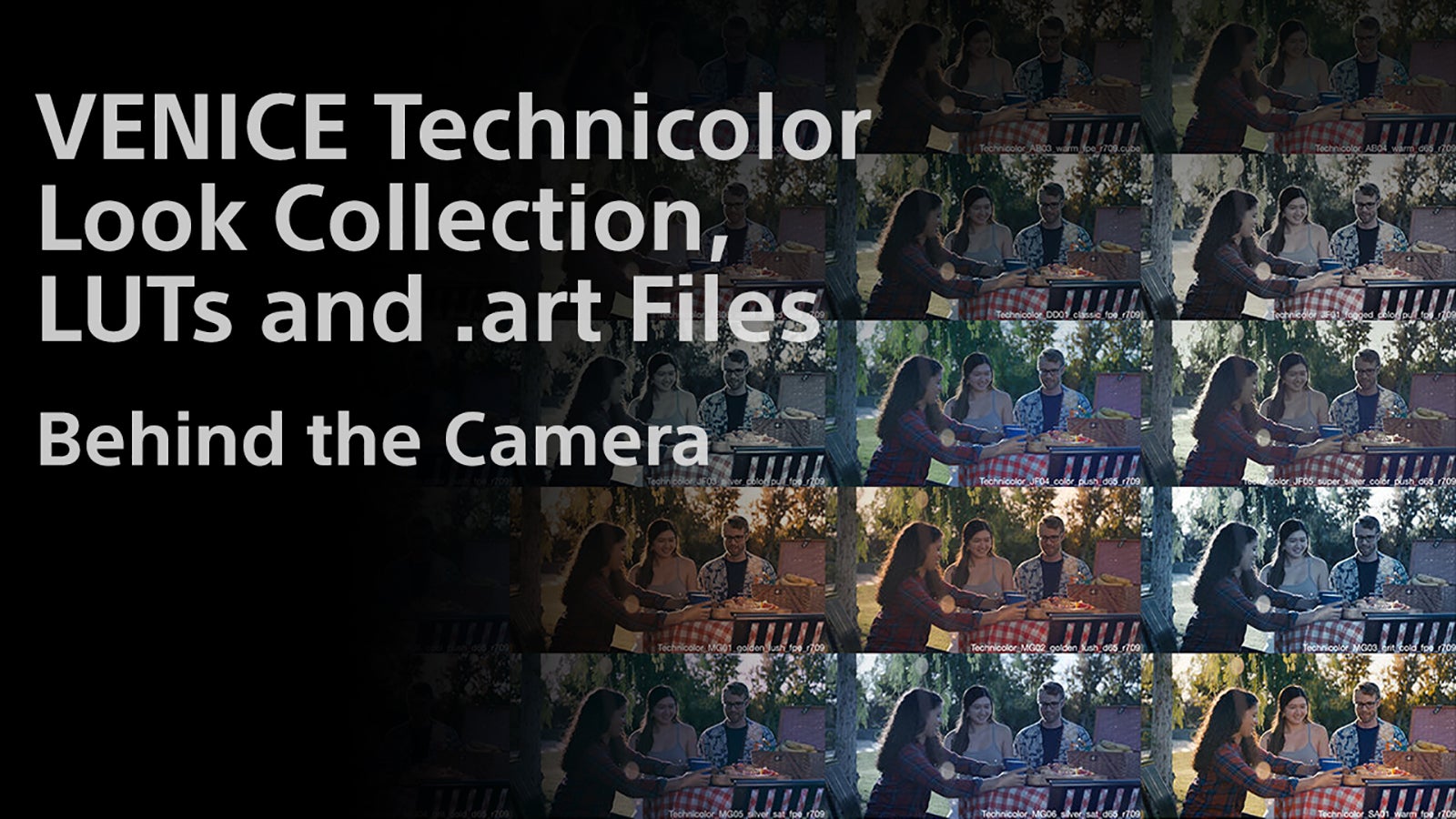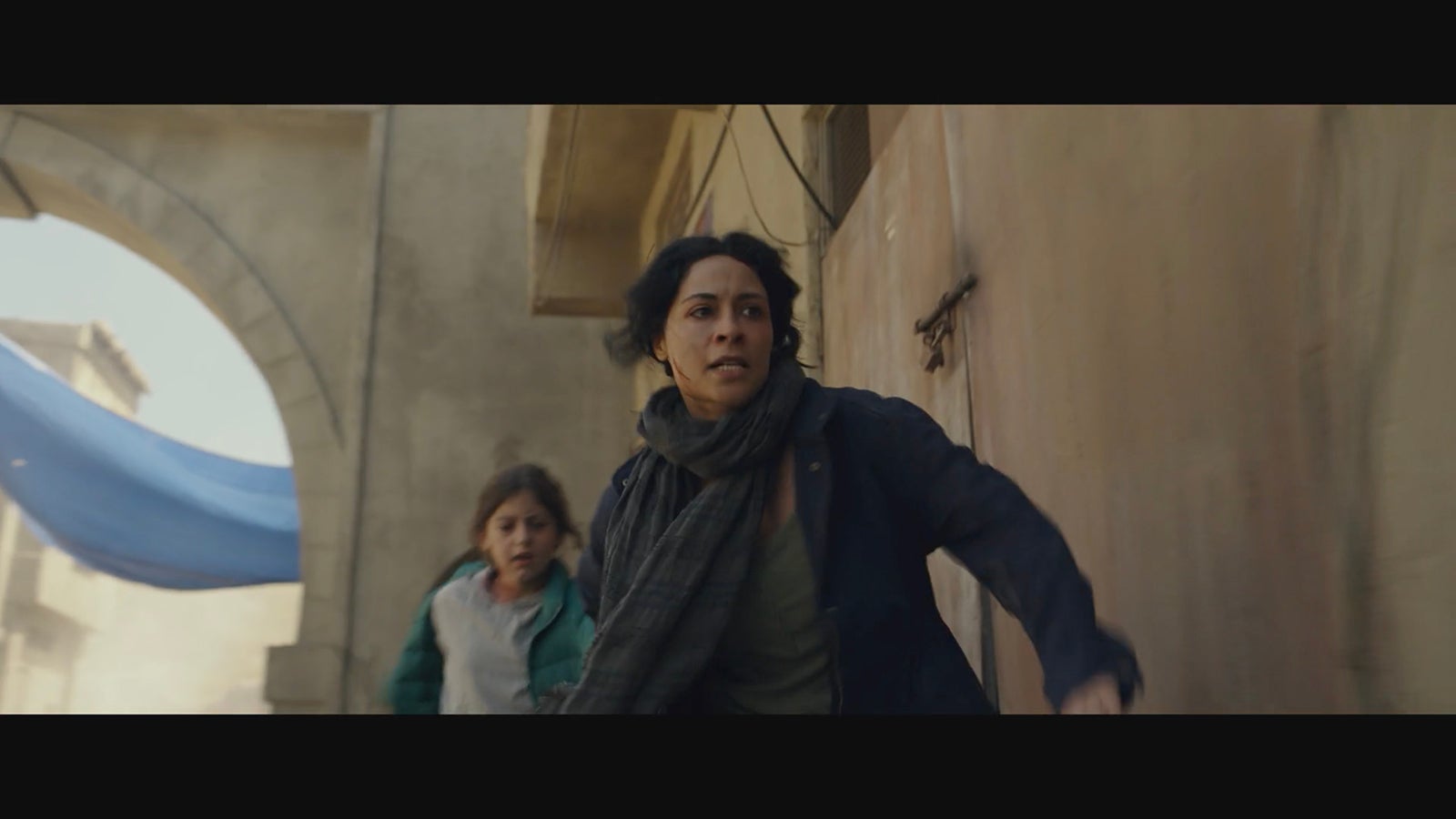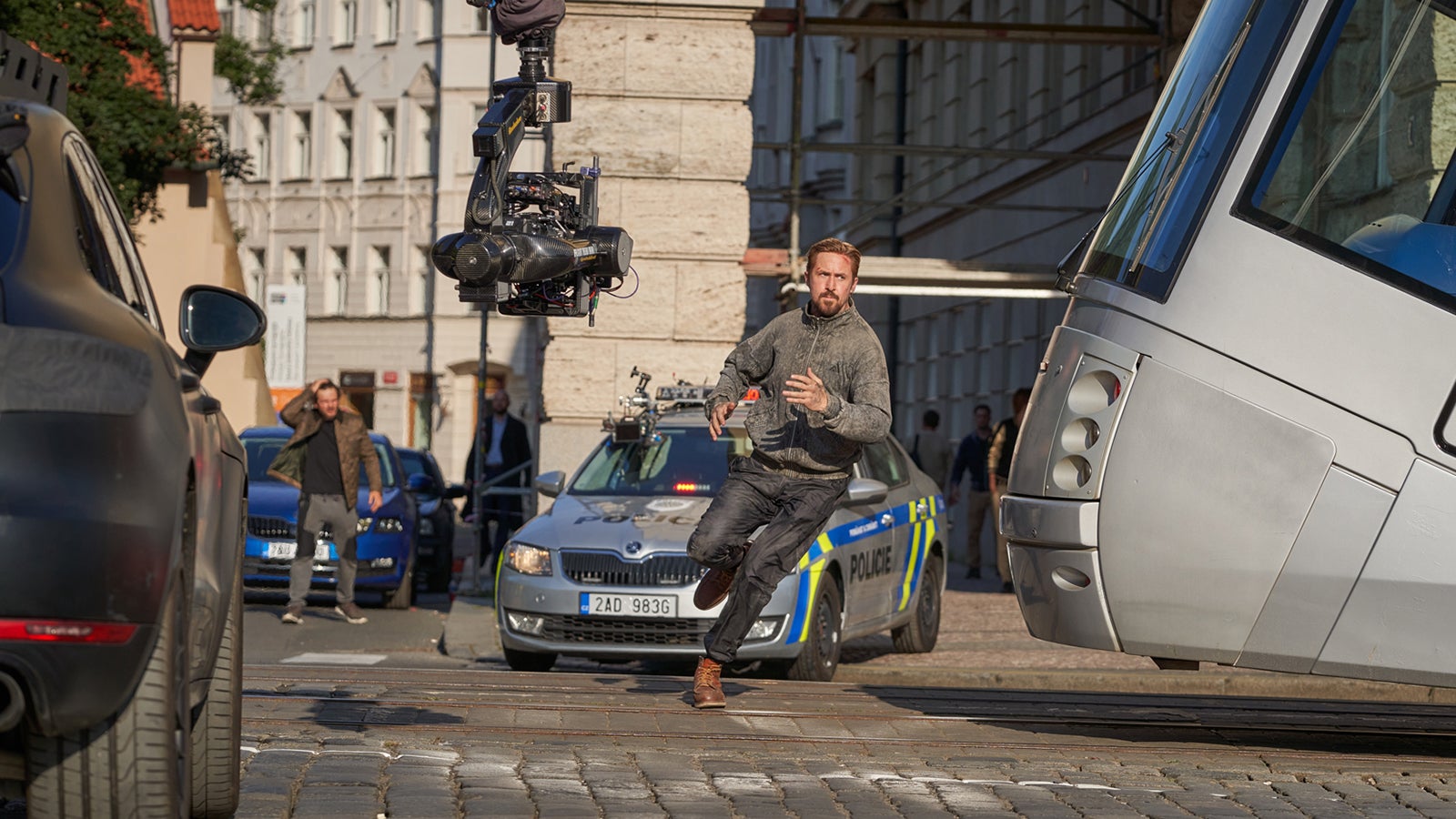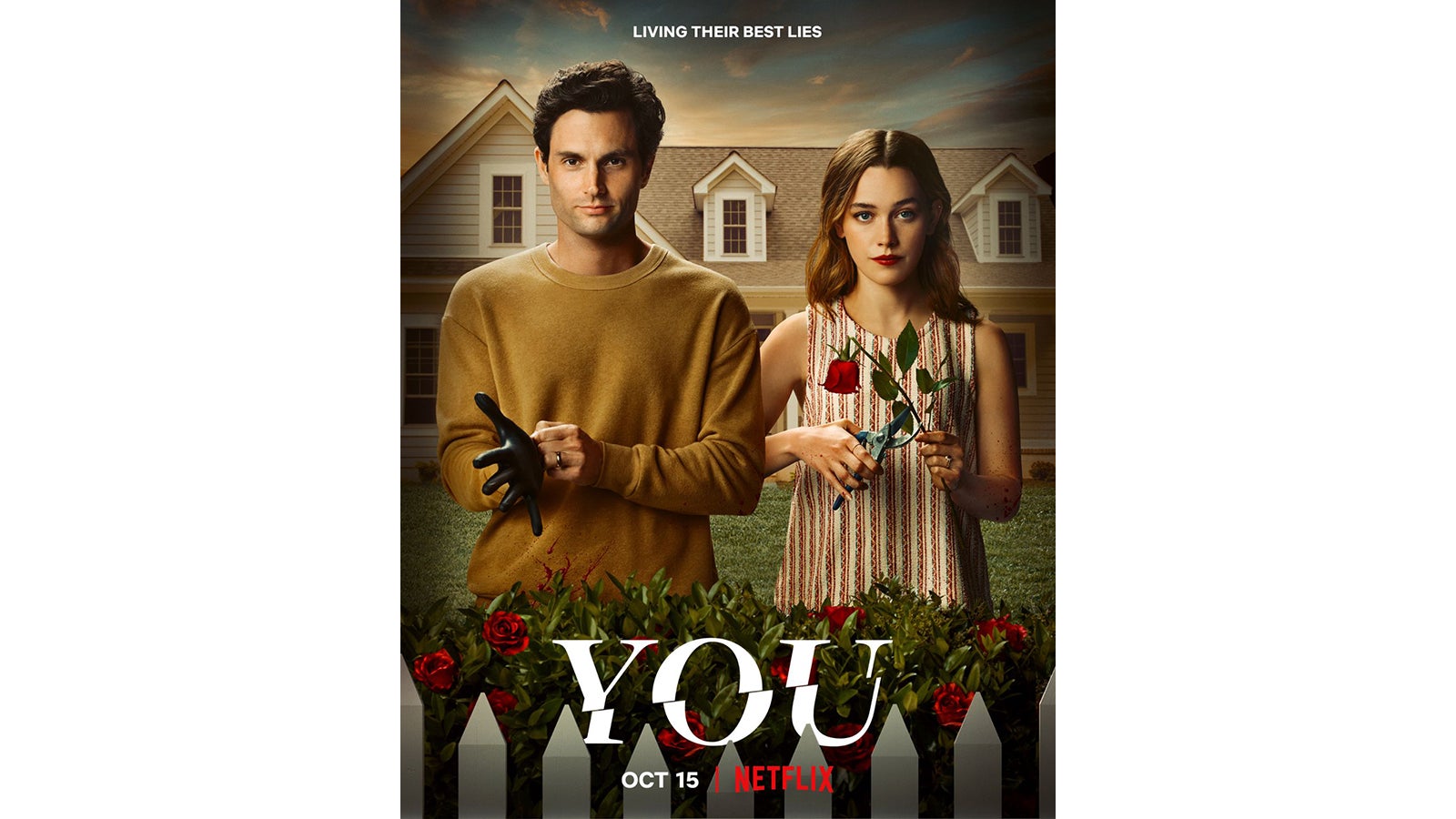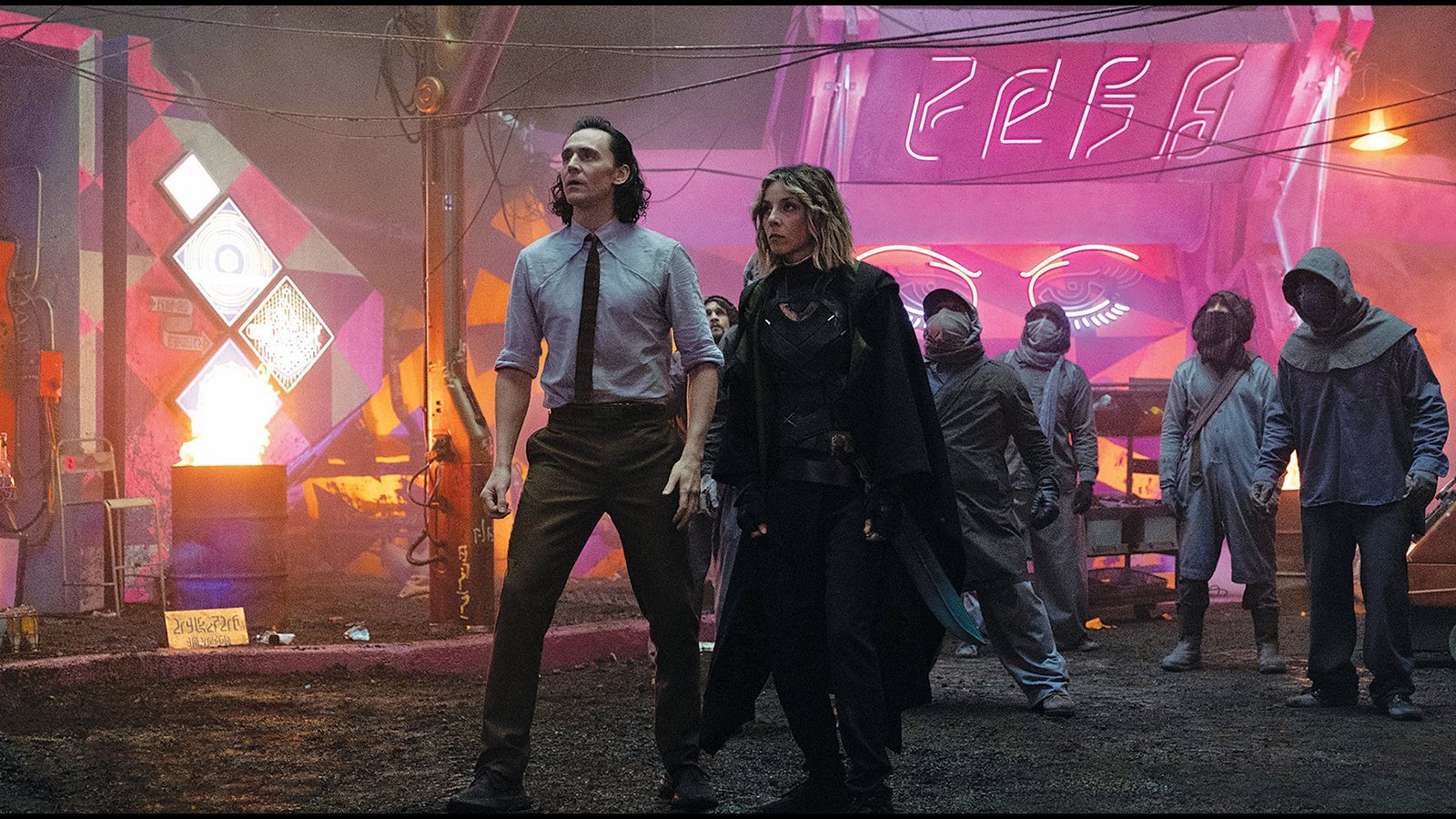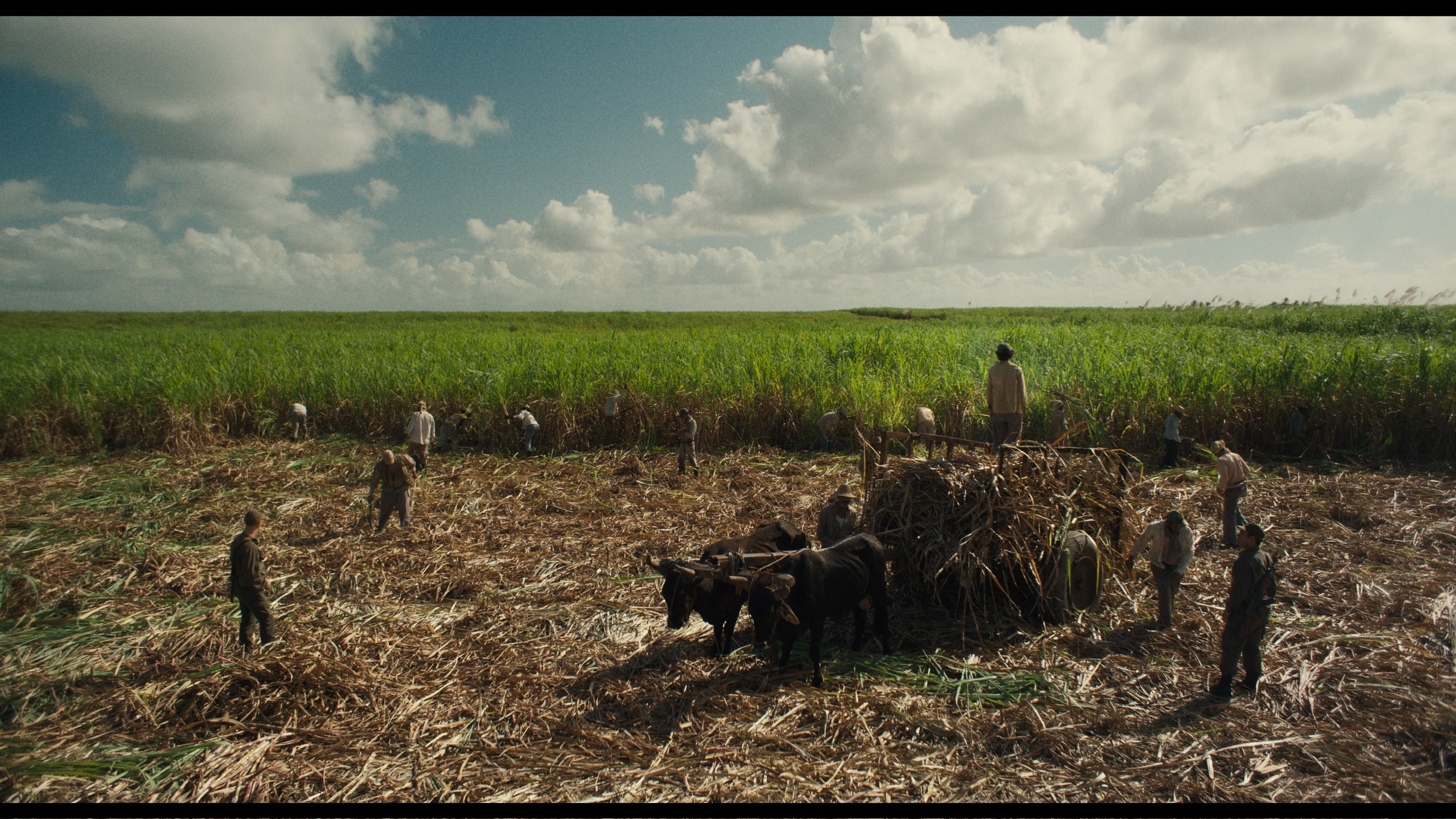
12-02-2024 - Filmmaker Interviews
How DP Santiago Gonzalez Captured Freedom with The Sony VENICE on Los Frikis
By: Yaroslav Altunin
For cinematographers, shooting their first feature is a stepping stone to a bigger career. It is a rare occurrence when a project becomes a pillar instead of a foundation, but for DP Santiago Gonzalez, shooting his first feature has become a stepping stone surrounded by a garden. Not only has it catapulted the cinematographer to greater creative pursuits, but it has also defined how he crafts his narrative projects.
Los Frikis was Gonzalez's first feature film and the second film for indie darlings Tyler Nilson and Michael Schwartz, directors of The Peanut Butter Falcon. Shot in the fall of 2021, it follows two brothers trying to survive in 1990s Cuba. After garnering over half a dozen film festival awards, from Best Performance to Best Narrative Drama, Los Frikis is set to premiere nationwide on December 25, 2024.
Sony Cine sat down with Gonzalez to learn how this incredible film was made, what creative decisions crafted its documentary-style aesthetic, and how the Sony VENICE made iconic scenes possible.
A Love Letter to Los Frikis
Born in Mexico and raised in Southern Texas, Gonzalez found his creativity at Boston University, where a pre-med degree was quickly replaced with a film degree. After cutting his teeth at the biggest camera rental house in Boston, Gonzalez climbed the ranks camera-side before finding his voice shooting commercials, music videos, and experimental projects.
"I shot a lot of Beyoncé's Black is King," Gonzalez said. "After that, I was named one of Variety's 'Top 10 Cinematographers to Watch'…from there, the producer of (Los Frikis) saw me on that list and was like, 'Oh, who's this guy?'"
The producer recommended Gonzalez to directors Nilson and Schwartz, and he was the first to be interviewed for the project.
"We hit it off really well, very fast. Unfortunately, I was the first of ten interviews that they were going to have. So, I didn't like my chances," Gonzalez remembered. "You tend to forget after ten interviews and a month and a half process of interviewing what you spoke about with your first candidate."
For Gonzalez, this wasn't just an opportunity to tackle his first feature. As a Mexican-born creative, this was a chance to connect with his language through the artistic medium of his chosen profession.
So Gonzalez wrote a physical love letter that he mailed through the post.
"I was so bummed about potentially not shooting this that I just had this idea of writing them a love letter…saying how hard I was going to work and how in-tune I was with (the script)," Gonzalez said. "How it would be an amazing experience to have my first feature be something my parents could watch and understand completely."
A week later, Gonzalez received a text with his letter stapled to the cover of the working script for Los Frikis. Both Nilson and Schwartz had found their cinematographer. Several months later, the team arrived in the Dominican Republic for principal photography. While the film was set in Cuba, the themes and story that Los Frikis explored forced the team to look at other shooting locations that could still be as authentic as possible.
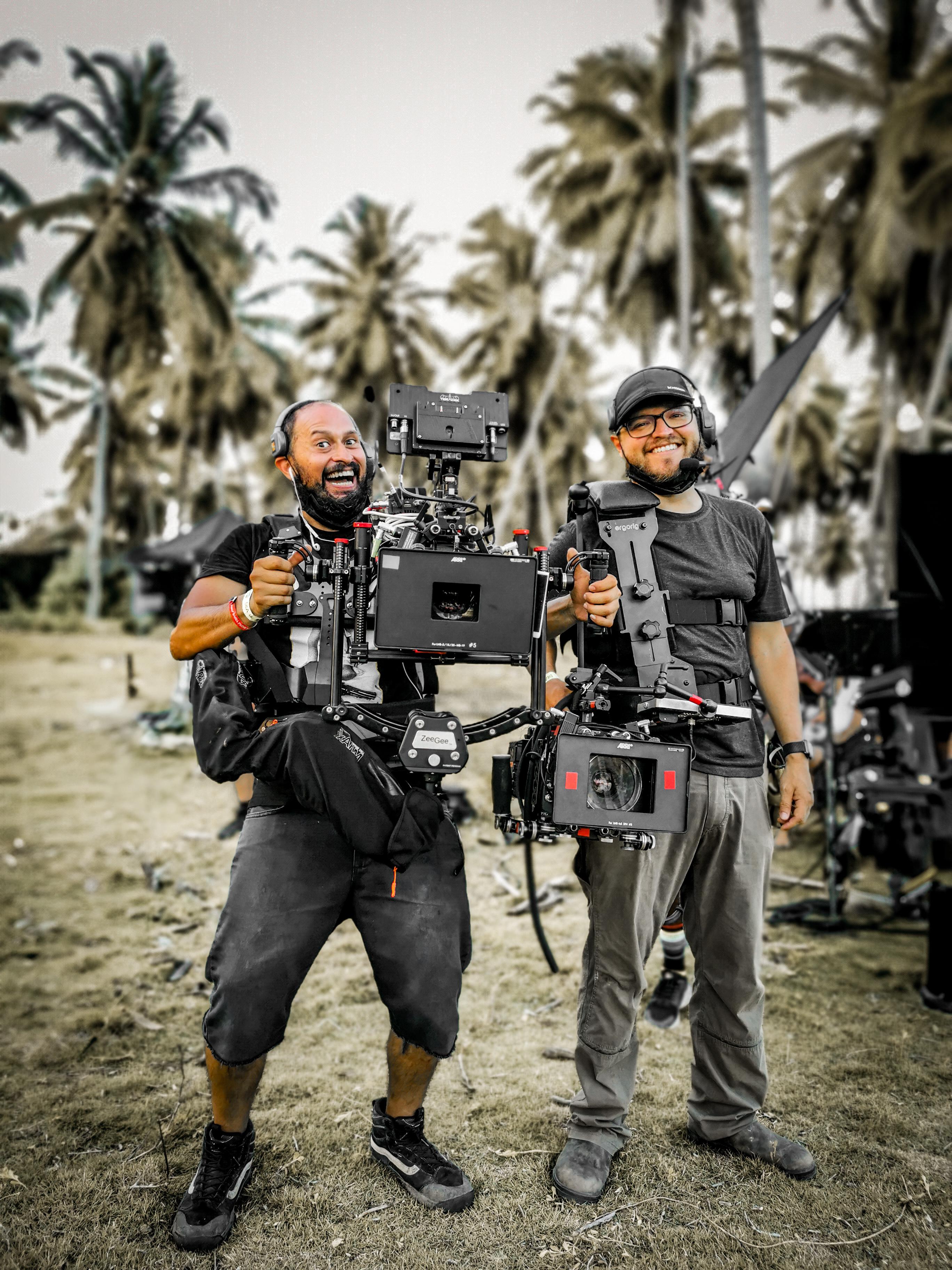
Los Frikis: Freedom and Authenticity Through Collaboration
Los Frikis is a film about a Cuban teen who idolizes his older brother and his punk bandmates. Themes of camaraderie and collaboration are prevalent throughout this coming-of-age story, and the more Gonzalez shares about his experience with the project, the more parallels we can draw between the film and the production. Even before prep began, Gonzalez joined Nilson and Schwartz in the Dominican Republic to scout for the perfect location.
"We drove throughout the Dominican Republic…and we finally landed on this beach in Samana," Gonzalez said. "It felt very special, and it felt secluded, and it felt like something that would really work with the story."
Here, the production built the cottages where the characters lived and the barn where they played their instruments. To further strive for authenticity, the production also hired as many Cuban actors as possible.
"We managed to get 24 actors out of Cuba to star in the film," Gonzalez said. "So any speaking part, besides Adria Arjona, is a Cuban actor. And I remember it was very, very tough to get them out."
It was four days till the production was about to begin, but between government approval and airport security checks, the cast was still unable to travel. Nilson and Schwartz were so committed to their cast and to the authenticity of the story, they wouldn't have made the film without them.
"Luckily, we were able to get the cast out," Gonzalez remembered. "We got them three days before principal photography, and those three days were intense. Full of camera tests and makeup tests and getting everybody's hair cut into mohawks."
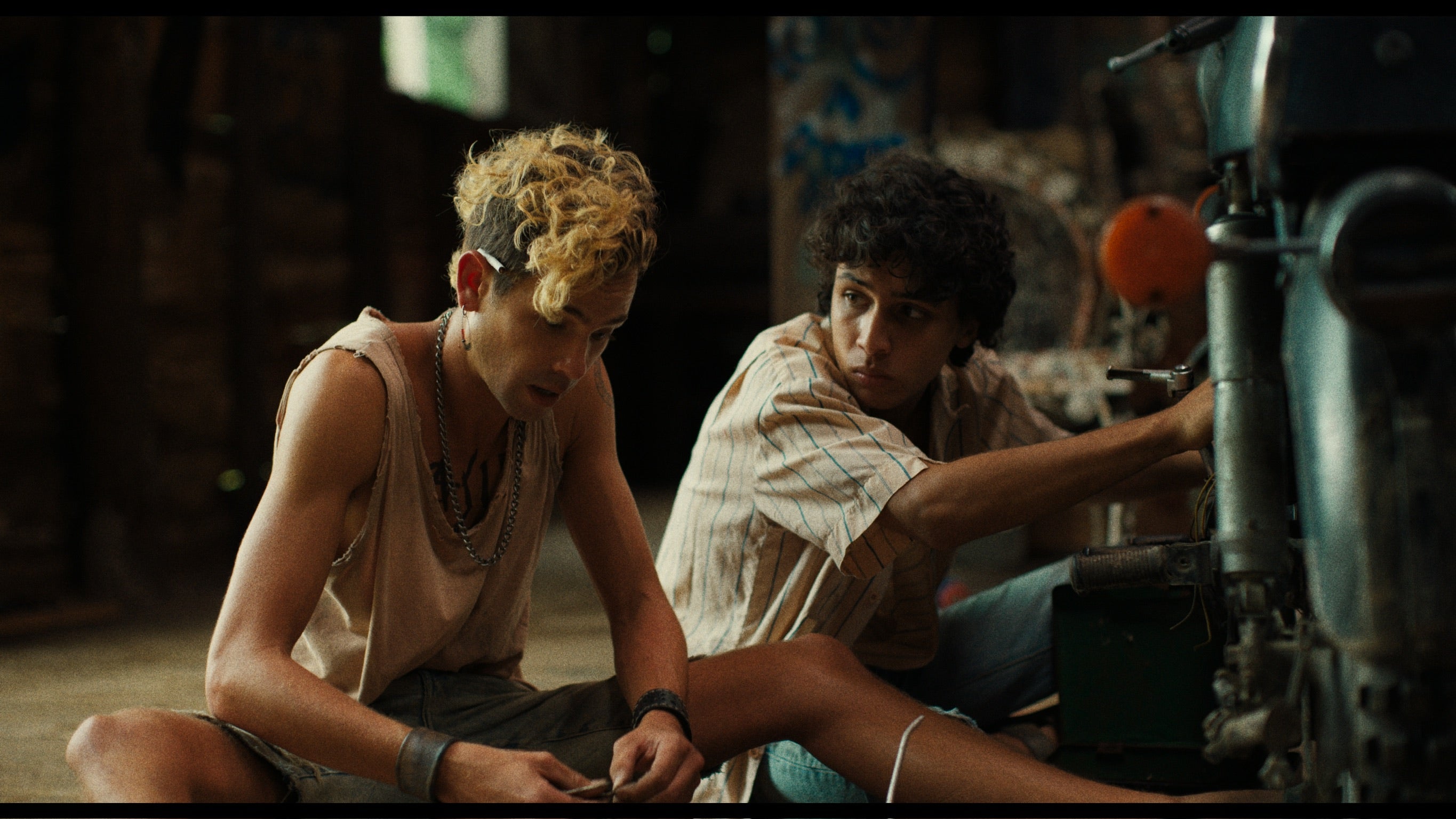
Los Frikis: Crafting The Visual Language of Cuba
With cast and locations locked in, it was time for Gonzalez to shine. While his passion sealed the deal, it was the approach to discovering composition in the midst of a scene that made Gonzalez the perfect fit for Los Frikis.
"One of the main things that attracted (Nilson and Schwartz) to my work was a couple of smaller passion projects that I'd done with Director of Photography Jeff Vallee," Gonzalez said. "They were very small projects, and it was me with a camera following different subjects."
"They really responded to those types of films, which were a heightened documentary look."
To achieve this same look for Los Frikis, Gonzalez needed to operate the camera himself. When the producers asked him who he wanted to be his camera operator, he made sure to be clear in his artistic intentions.
"The guys were adamant, 'You are camera A, you're 100% operating camera, and 100% handheld,'" Gonzalez said. "It was what the film needed."
"The handheld work was motivated by emotion or by the blocking," Gonzalez continued. "Sometimes, we didn't do much blocking, and we just let the actors do what they would do normally. And the camera is a response to that blocking, or the spontaneity of (the actors) changing the blocking even within takes."
"(Nilson and Schwartz) just wanted the camera to be as free as possible."
As with all indie films, time was at a premium. Gonzalez worked hand in hand with his B camera operator, Faba Solano, to make sure they captured all they could without crossing into each other's frame.
"I secluded my B camera operator in this little box I would tape out because I couldn't see what he was doing until we were done with the scene," Gonzalez explained. "I knew that if he played in this area, then that allowed me to play in that area. And then we'd get different coverage."
"And throughout the coverage of the scene, I would remember certain things that some of the actors would do, whether it be a look or a movement with their head or their hand, and that would motivate the camera to go elsewhere."
This level of collaboration between the camera operator and DP, as well as the actors and directors, led to a unique level of creative freedom that helped the team build trust. The creativity that flourished from this trust even led to a unique sequence that would be shot at the end of most scenes.
"(Nilson and Schwartz) wanted to do this thing that became known as the Santi Special, which was at the end of every scene," Gonzalez explained. "Once we knew that we had all of our coverage, (the directors) would want to play around with the idea of covering the entire scene in one take with one camera."
"I would remember those movements by those actors, or the looks that they would give each other, and that would motivate the camera to continue covering that scene in one take."
This approach to coverage kept each actor focused on the scene and their scene partner. Since the camera could pan to them at any moment, everyone from the DP, directors, and actors, were present in the moment, creating incredibly intimate and emotional scenes.
"It helped the actors to stay on their toes," Gonzalez added. "Because at times I would be with one actor on a close-up, and then I'd come out, and then all of a sudden I would turn to somebody else, and if they weren't present in the scene, they would stand out like a sore thumb."
"There was no acting to somebody that was just saying the lines. Everybody's in tune. Everybody's going at the same pace, and I think that comes through (in the film)."
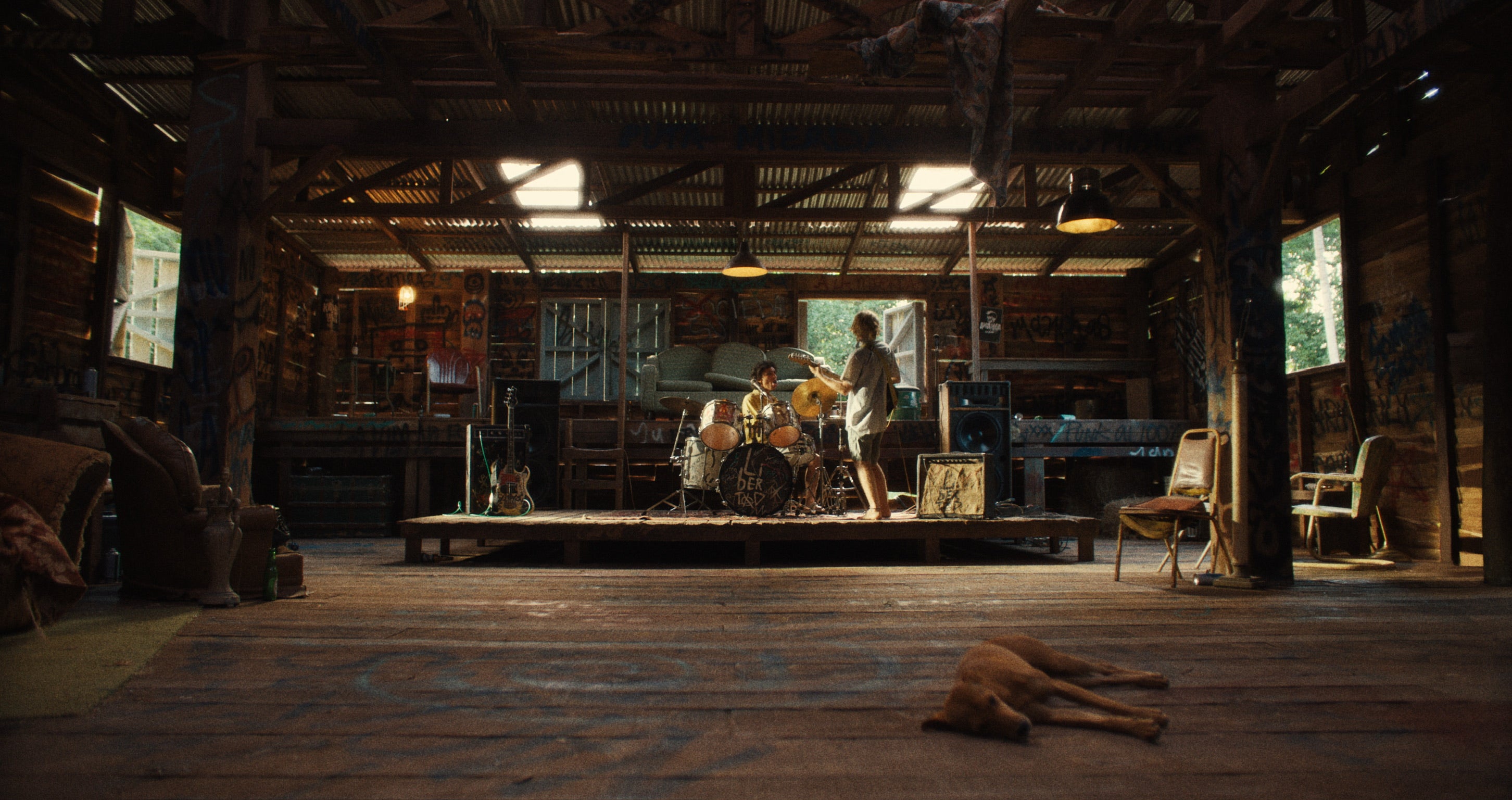
Los Frikis: Finding Freedom on Set with The Sony VENICE
As the visual language of Los Frikis was uncovered, Gonzalez needed a camera that could survive harsh terrain, low-light scenarios, and be nimble enough to remain handheld through the entire production.
"I think when we shot (Los Frikis), the VENICE had just come out or had been out for about a year or so," Gonzalez said. "It was the only camera that had the ability to do 6K, and it was also the only camera at the time that had dual ISO."
"That was a big factor, knowing that we were going to be in the Dominican Republic with…minimal lighting for any nighttime scenes."
With mostly natural light for day exteriors and small lights or practicals for night sequences, Gonzalez found an ally in the VENICE. Whether the team was shooting interiors in the countryside or in the streets of a city that stood in for Havana, the camera was never an obstacle to creativity.
"I had enough lights to light the scene but nothing to throw in the background to give us depth," Gonzalez explained. "I would try with smaller units, but I knew that I needed that dual ISO to make that happen. It was a lifesaver for that reason."
And yet, lighting wasn't the only reason for choosing the VENICE. Gonzalez needed to stay handheld, and with 29 days of principle photography, there was only one tool for the job.
"It was a back saver, too," Gonzalez said. "I ended up using the Rialto for my handheld. We had a backpack rig, and I rigged (the camera) out to make it balance on my shoulder with a battery pack."
The Sony VENICE Extension System a critical necessity for the wide variety of scenes on Los Frikis. From shooting in the back of a workers' truck to filming a crowded punk show in a small venue, the VENICE Extension System kept Gonzalez shooting, even when the team had to pull six shooting days a week.
"I remember doing (the truck scene) so easily," Gonzalez said. "Within 20 minutes of driving around, we had ten, 15 different angles."
"While it initially felt daunting, because again, we were running out of time and everybody wanted us to wrap…we were able to just do a big loop, and everything was covered."
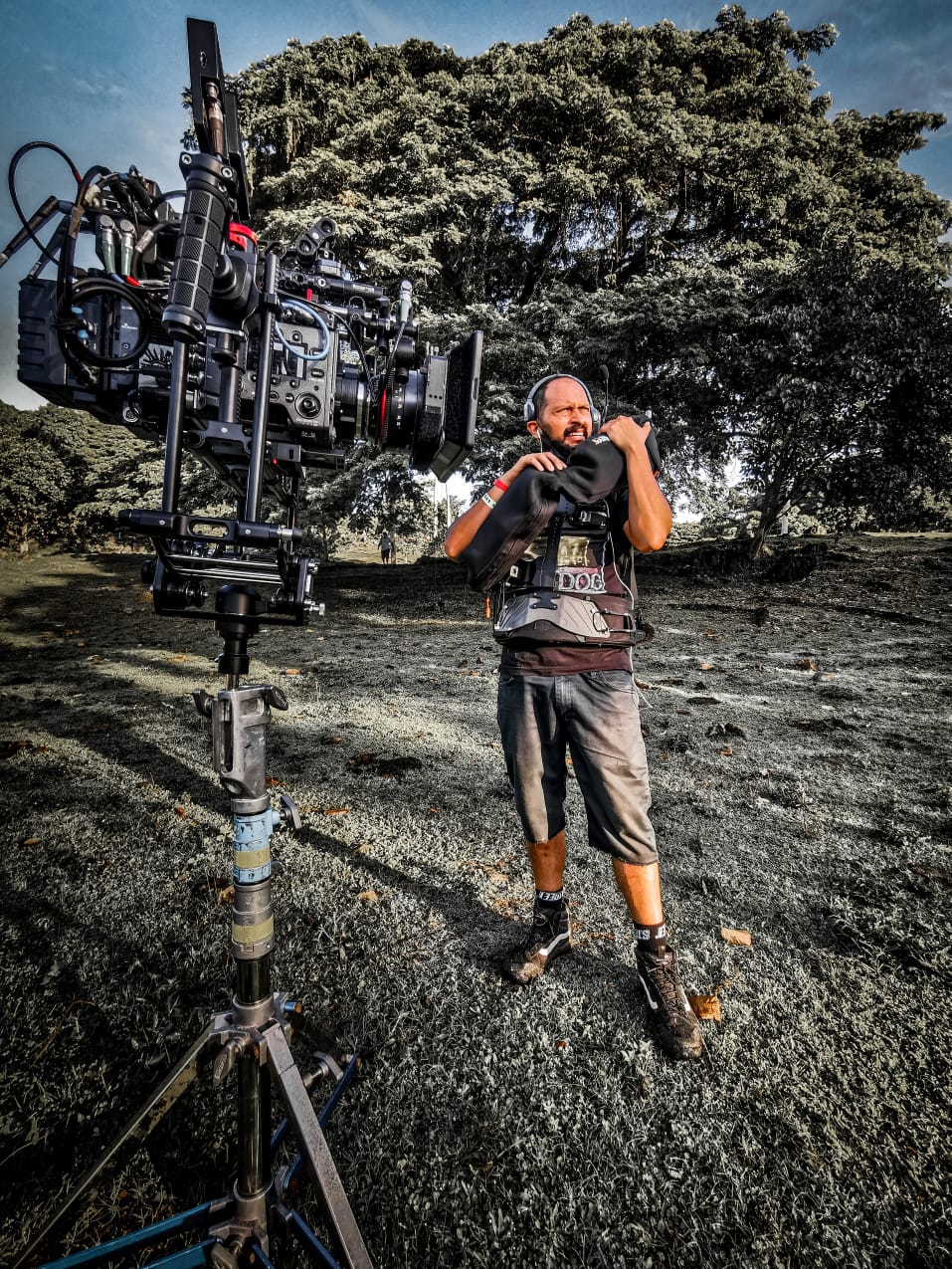
As Gonzalez and the team found their flow, overcoming obstacles became a creative exercise instead of a technical challenge, even as deadlines loomed. But it was one special scene that stood out to Gonzalez. One scene that turned this from a stepping stone, into a garden.
In the film, Gustavo, played by Eros de la Puente, bonds with a horse in a serene landscape.
"That area was meant to be something else," Gonzalez said. "(But) then Tyler and I, we ended up doing a horseback ride to some waterfall in the middle of the Dominican Republic. And I remember finding the area we wanted to shoot in with (Gustavo)."
Unfortunately, this new area where the scene was ultimately shot was only accessible by horse. The Sony VENICE, rigged with the VENICE Extension System, along with a few reflectors, was stored in baskets and carried by horses a mile and a half to the new shooting location.
"We arrived to this place, and just the idea of having the Rialto out of the water, I felt a lot more free being in the water," Gonzalez said. "Instead of having a massive camera, I was able to get different angles while being submerged in the water."
However, there were more layers to this creative onion. Marrying the VENICE Extension System with the VENICE was as much about shooting long term as much as it was about delivery and having flexibility in post. Gonzalez knew the film would be delivered in 4K so having a high-resolution starting point, he found a balance between reframing, stabilizing in post, and being free to discover unique compositions.
"We were going to be doing handheld and rough terrain with unconventional blocking," Gonzalez explained. "I knew that I was going to need to have that extra room to possibly reframe, but also to stabilize."
"We ended up shooting 6K with a 4K crop, and within that 4K crop, we had 16:9 frame lines. And so even though I was shooting very loose, I was framing for the 16:9, knowing that if we needed to reframe just a little bit, or knowing that if we needed to downscale just a little bit, it would work."
Having this creative freedom in his frame inspired confidence and alleviated any anxiety that may have come from shooting in 4K, which was a standard at the time.
"I mean, honestly, I don't know if I would shoot a feature without the VENICE," Gonzalez said. "I just love…the color science. Billy Hobson at Harbor did our color, and the stuff that he could pull out from the image was incredible."
Gonzalez referenced the raft scene from Los Frikis, which was shot during the day for safety reasons. In post, the scene just wasn't working as it needed to be set at night. But when Harbor got their hands on it, they made movie magic from the VENICE footage.
"Nobody said anything until I was at Harbor," Gonzalez remembered. "I went into the color suite, and I remember watching it for the first time, and obviously, the first thing that popped out was that raft scene because it was shot during the day, and now it's completely at night."
"Just the fact that you could still see detail in all those shadows even though he flipped it into day for night, I found it mind-boggling."
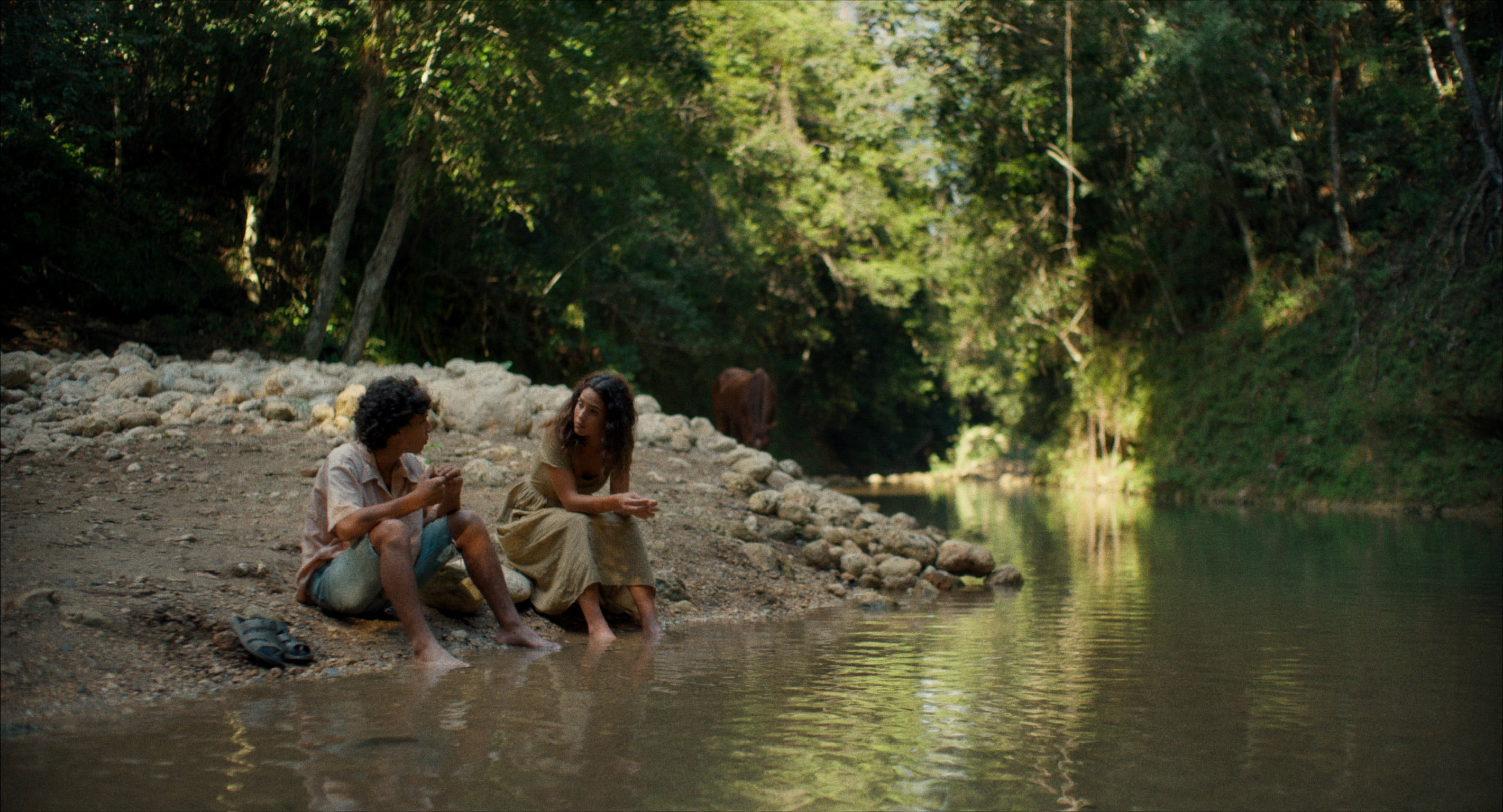
Los Frikis: Freedom Through Collaboration
As Gonzalez remembered the moments in the waters below a waterfall and in the wilderness of Samana, we can begin to see what really made Los Frikis such a special production. It wasn't one thing. Not the DP, or the directors, or the actors, or even the camera, but a collaboration between all of these elements.
"It wasn't one thing that was celebrated at the end. We were all living together," Gonzalez said. "I really think that this project has been the single best creative experience I've had. We became a family.”
"It was the collaboration between Tyler, Michael, and myself that felt so freeing. They were very open to ideas on set," Gonzalez added. "That freedom and the idea that no suggestion was a wrong one could open the borders of what typically is suggested on set, and therefore be more creative."
This freedom to explore, given to the actors, taken from the camera, and shared between the creatives on set, was the lifeblood of Los Frikis. Found in the jungles of the Dominican Republic and now brought to every project Gonzalez does next.
To learn about how the Sony VENICE operates in the television space, check out this article: Bel-Air Season 3 DP Evolves the Show with the Help of the Sony VENICE
